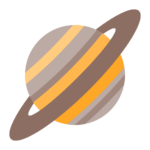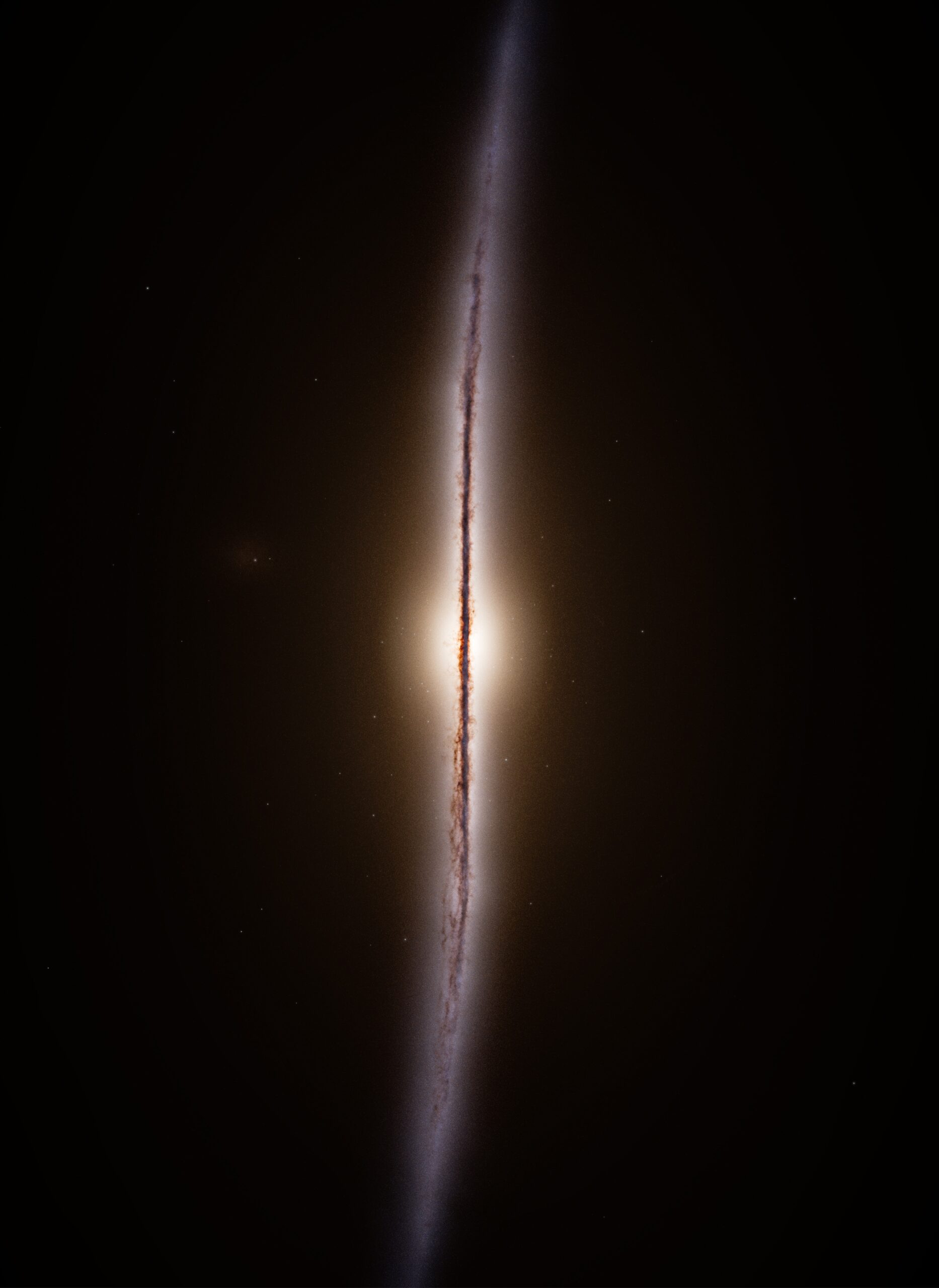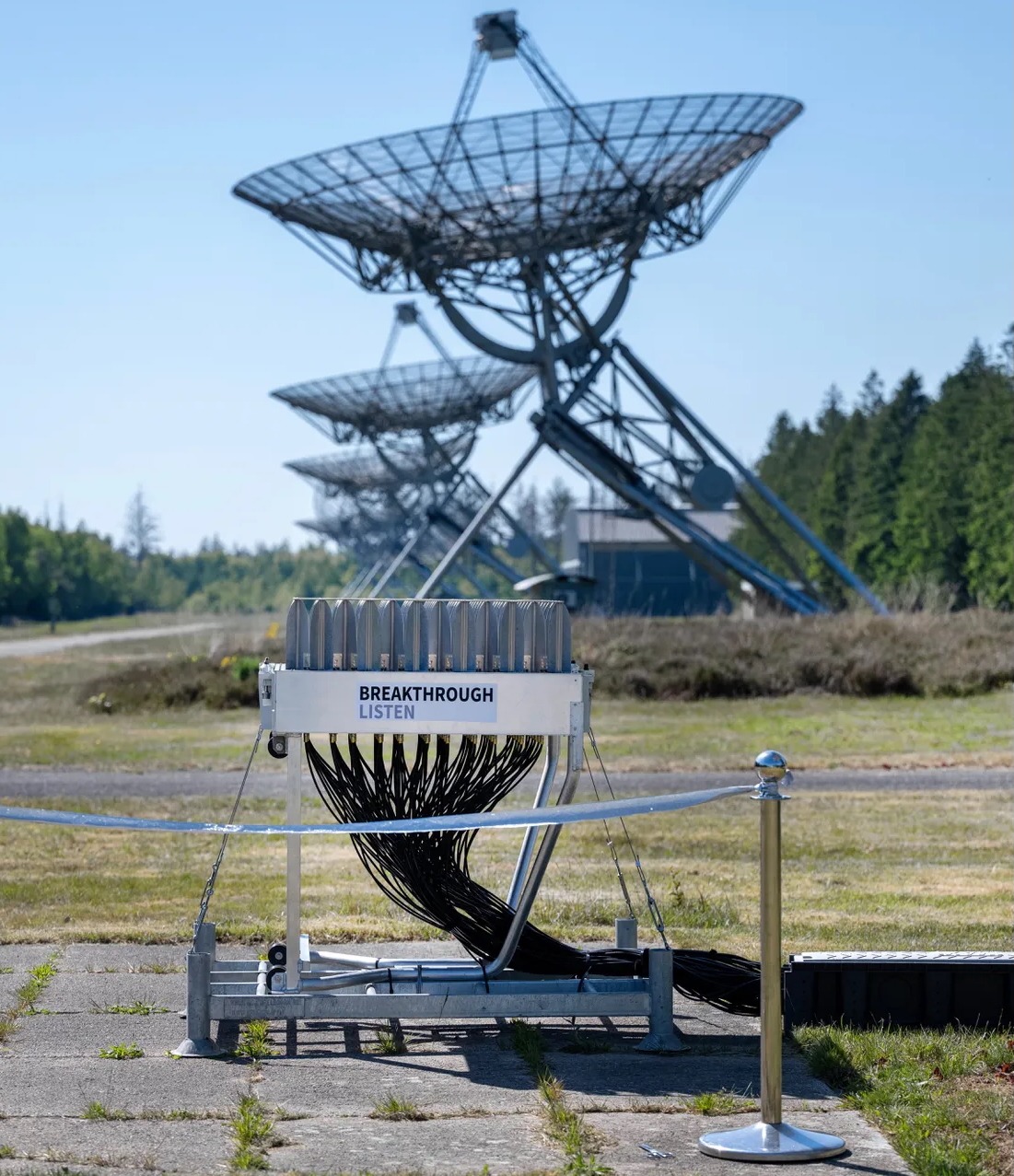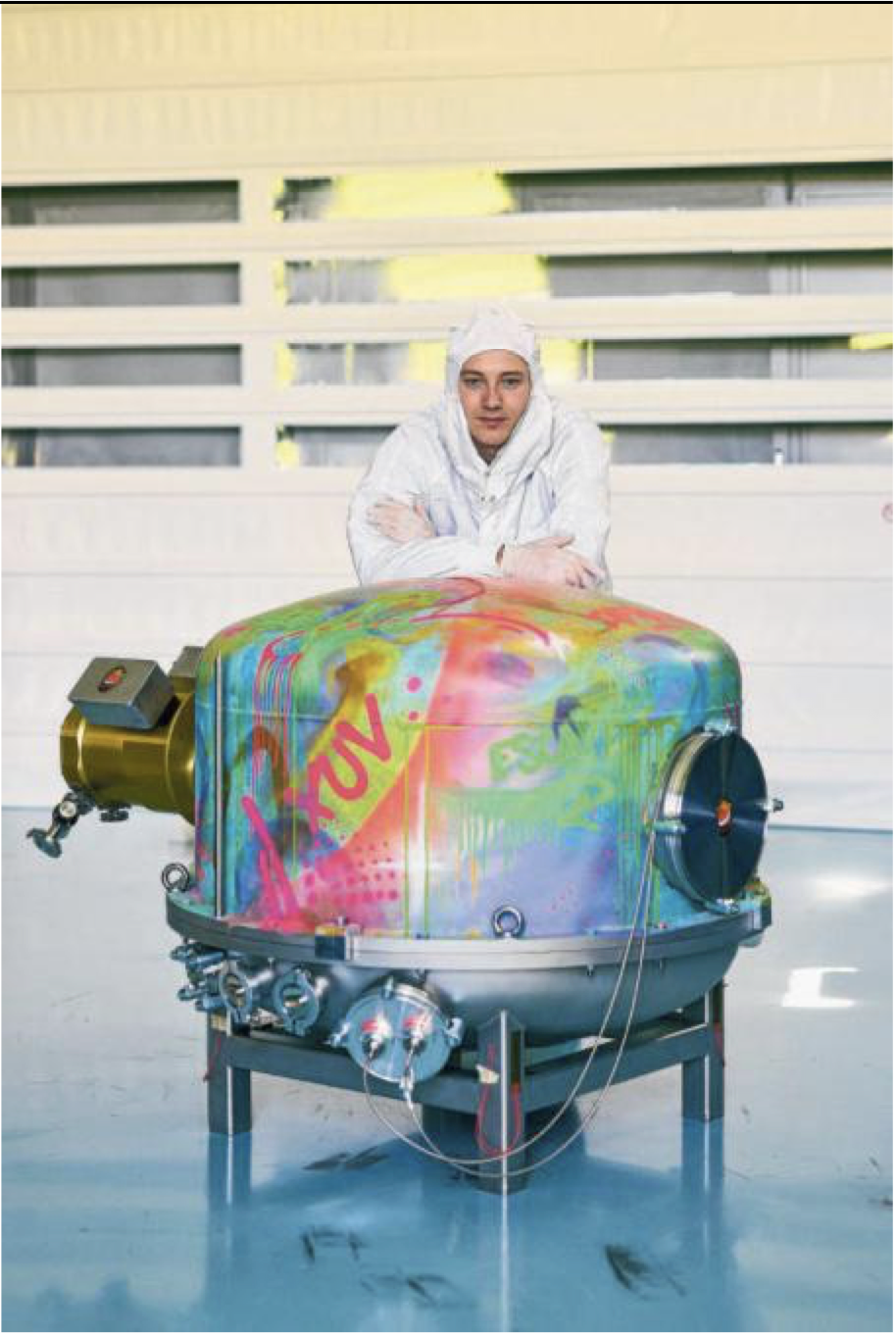Interstellar visitor from another planetary system: ‘Perhaps one a year’
Astronomers have discovered, for the third time, an object from another solar system passing through our neighborhood. More such discoveries are expected in the coming years—offering new insights into our own origins.
Olivier Hainaut beams at the camera. “Ohh, it’s wonderful. It’s fantastic. It’s beautiful!” For the first time, the astronomer from the European Southern Observatory (ESO) sees the mysterious object – not just a dot as in earlier images, but now captured by “a real telescope”: the Very Large Telescope in Chile. An oval, diffuse spot of light, lonely in the dark space between Jupiter and Mars. An interstellar visitor, straight from another planetary system.
The speck, named 3I/ATLAS, is a comet likely less than ten kilometers in size, surrounded by a thin cloud of dust and gas. This past week, it was confirmed that the object comes from outside our solar system. It moves at over 60 kilometers per second—a speed we normally only see in objects that have been slingshotted out by the gravity of the Sun or planets. But 3I/ATLAS is coming in at that speed. Its hyperbolic orbit leaves no room for doubt: this object comes from interstellar space, will pass by the Sun once, and then disappear from our solar system forever.
It is only the third interstellar object ever observed, after 1I/ʻOumuamua (2017) and 2I/Borisov (2019) (the “I” stands for “interstellar” – originating from beyond our solar system). ʻOumuamua was discovered only as it was about to exit; Borisov remained visible for months. 3I/ATLAS has only just arrived and will also remain observable for months to come (except in October–November, when it will be too close to the Sun). It’s a rare opportunity for researchers eager to learn more about its place of origin.
“Within a day, hundreds of observations were reported,” says astronomer Karen Meech of the University of Hawai‘i, who—alongside Hainaut—was also closely involved in the study of the previous two interstellar objects. Together, they coordinate observations around the globe to prevent duplication—even among competing research groups. As we speak, her inbox keeps pinging with new alerts. “Look—great news: we’ve secured time with X-shooter on the Very Large Telescope. That will let us determine the chemical composition.”
According to astronomer and planet formation expert Carsten Dominik (University of Amsterdam), these discoveries confirm a long-standing expectation. “We knew these kinds of interstellar objects had to exist here, because in its early days, our solar system contained a lot of debris—about half of which was ejected,” he explains. “The rest ended up in the asteroid belt, Kuiper Belt, and Oort Cloud. But it’s estimated that some ten trillion of these icy fragments were flung into interstellar space. And we assume that other young stars in the galaxy did the same.”
Dominik believes this is only the beginning. “With the current generation of telescopes, we’ll probably discover dozens more of these objects. That will give us insight into how much material other planetary systems lose—and indirectly, into their structure. Only systems with giant planets can fling out these kinds of fragments. So this tells us something about their architecture. Until now, we could only estimate that for our own solar system.”
The discovery of 3I/ATLAS came from the automated ATLAS observation network, with telescopes in Hawai‘i, Chile, South Africa, and Spain. “2I/Borisov was probably the last object to be discovered in the old-fashioned way,” Hainaut says with a touch of nostalgia. “Literally – with binoculars. From now on, the big automated systems will take over.” And that will have consequences, he expects. “With these new observatories, we might discover one interstellar object a year—maybe even more.”
The most important of these observatories is the brand-new Vera C. Rubin Observatory in Chile, which was officially inaugurated last month. The telescope maps the southern sky in its entirety every three days, making it highly sensitive to faint, moving objects. In just ten hours of test time, it already discovered two thousand new asteroids—more than ten percent of what is typically found worldwide in a year. “Rubin is going to spark a revolution,” says Hainaut. “For the first time, we’ll be able to observe actual populations of comets, asteroids, and interstellar visitors. That will allow us to gather statistics and better understand the formation of our solar system.”
3I/ATLAS is also of great interest to astrobiologists. Meech: “If we find that the object’s chemistry differs from what we know in our own solar system, that’s fascinating. It tells us something about how special – or ordinary –our planet really is.” And, she adds: “Within our lifetime, or even that of our grandchildren, we’ll never be able to study other planetary systems in such detail as when they send a little piece of themselves toward us.”








